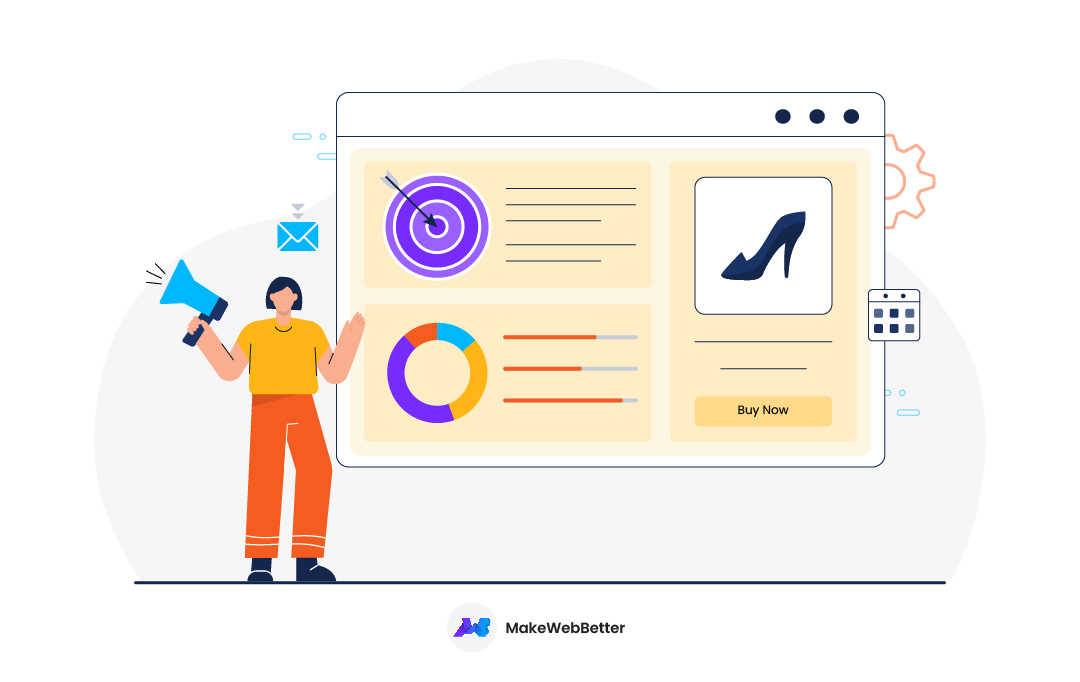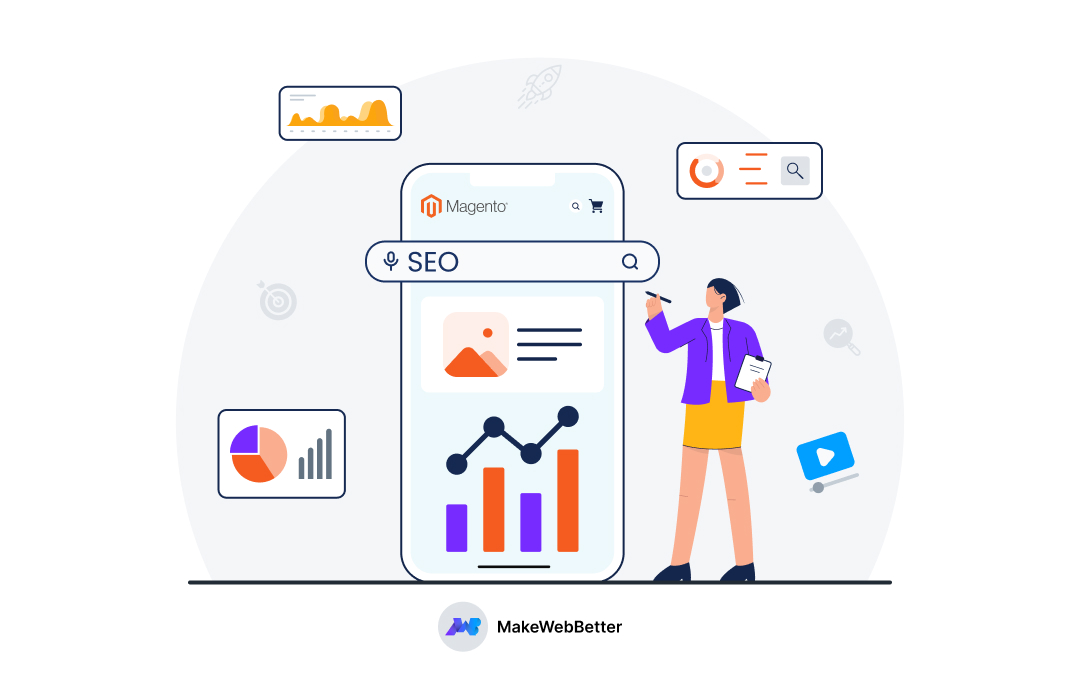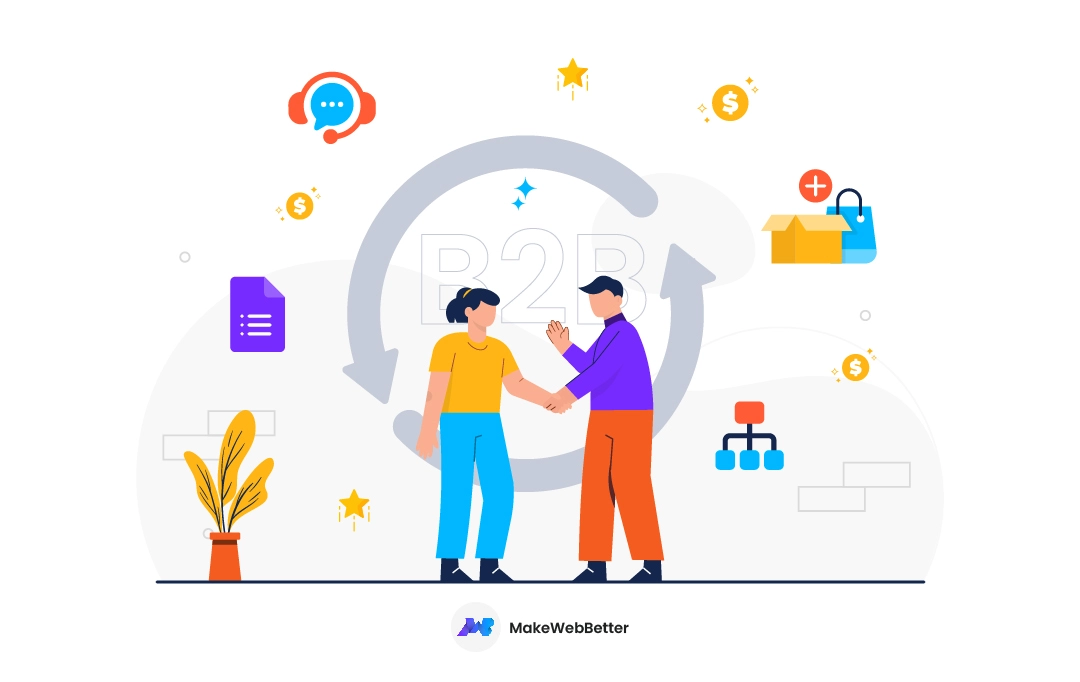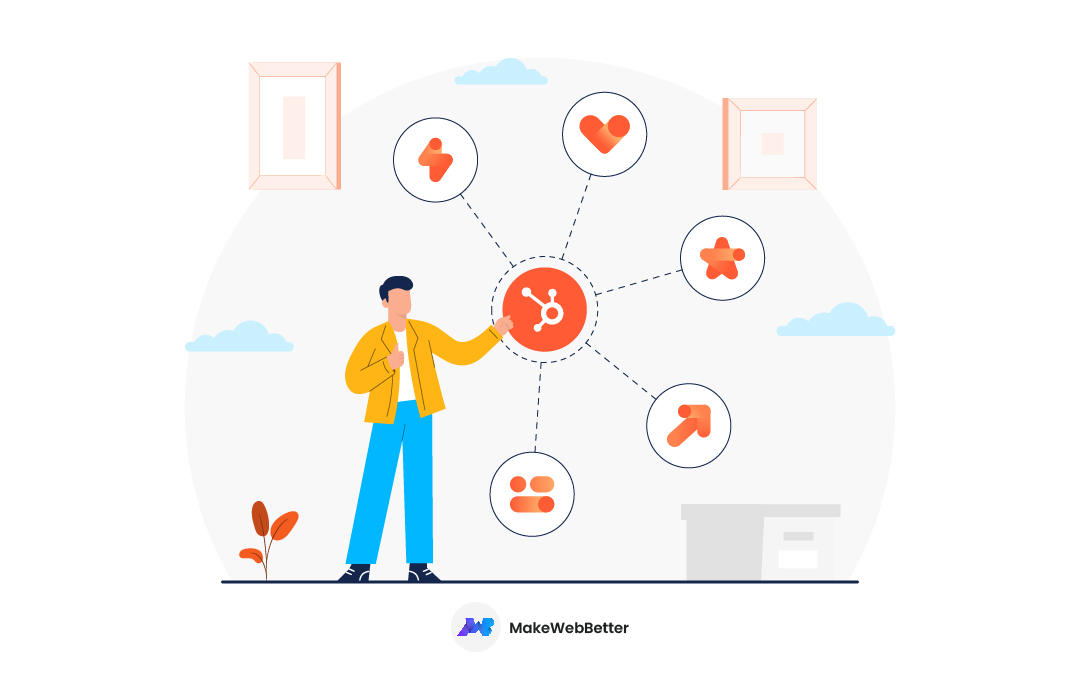Retargeting is a powerful marketing strategy for eCommerce companies to attract new customers and retain existing ones. A complete eCommerce strategy should use retargeting as an effective tool in the battle to convert leads to customers and to re-engage with previous, dormant customers.
What is a Retargeting Strategy?
The retargeting strategy emphasizes re-engaging with non-purchasing customers who have interacted with your brand previously. Conversion rates can vary enormously, but you will have many visitors who failed to complete a transaction. Having spent your time, energy, and money to get the visitors to your store, they leave without converting into customers. Retargeting comes into play as a strategy to reconnect; how do you reach out to these non-customers, bring them back to your brand, and convert them?
Why do eCommerce Brands Need a Retargeting Strategy?
Most of your website visitors will not make a purchase. There is nothing you can do about this as people will visit your store to browse, price check, or gather information. Retargeting uses tools such as advertising, email, and messaging to reach out to these potential customers.
Targeted customers have already shown interest in your brand, products, or service offerings and are ripe for converting. Because they’re interested in your products and store, they will recognize your brand identity and likely be higher converting than new customers. And by using your data, you know why they visited you in the first place. With this information, you will learn how to reach out and connect with them.
Retargeting can be as simplistic as reminding previous shoppers that you still exist and the products they were interested in are still available. Offer a shop-wide discount, a specific deal focused on personal shopper history or based on your retail marketing strategy, and it will entice shoppers back and give you another opportunity to convert.
The Top 5 eCommerce Retargeting Strategies for 2022
You will have many retargeting prospects as everyone who has visited your brand’s website is a target. This data will need to be categorized into groups for targeting depending on your strategy. Before retargeting, make sure the other parts of your business are aligned – for example, your inventory management system should provide enough product for new purchases, and your customer service center or chat line should expect higher volumes.
1. Separate Your Audience by Their Behavior
Separating your prospects by their behavior will make targeting easier. Personalized advertising copy is more effective than general outreach copy. There are multiple ways to segment your audience, and here are the most effective strategies for a retargeting campaign.
a) URL-based Tracking
Using URL tracking, you can retarget shoppers based upon which sites they previously visited. With this data, you attract them using dynamic advertising featuring the product of interest or similar products.
b) Checkout Process
Your data will enable you to identify shoppers who discarded their shopping carts. The data will show at which step the cart was abandoned, such as after viewing the shipping costs or because of delivery lead times. You could reach out to these shoppers with an offer of free shipping or upgrade the shipping to a faster service if the lead times were the issue.
c) Customer Type
Shoppers will interact with your site in unique ways because the shopping journey is different for every visitor.
- First-time versus returning customers – A first-time shopper should be encouraged to try your brand and should be targeted with discounts to enable the first purchase. Returning customers should be targeted by attaching their loyalty to a discount or incentive scheme for continuing to use your store.
- Current versus dormant customers – Produce personalized adverts for inactive customers to re-awaken them to your brand. Promote new products and services to dormant customers, but your advertising message should change depending on their inactive time.
- Before purchase versus after purchase – Incentivize the purchase at the checkout with adverts to encourage them to complete the transaction. After purchasing, lead them to your loyalty schemes and newsletters.
- Seasonal versus frequent buyers – Any product a customer has purchased can be used to retarget them with the same or similar products and accessories. Use this system throughout the year as seasonal items become available. Do not be afraid to use external factors to help build an advertising campaign, such as extreme weather, for example, heavy rainfall, as these are very convincing in attracting relevant purchases.
2. Use Personalized Adverts
Having segmented your target audiences, you need to generate personalized adverts that target each individual customer. With your data analyzed, you will know about their shopping habits on your site, which is invaluable.
You can create laser-targeted adverts aimed directly at the shopper with highly relevant product recommendations. Shoppers who have shown interest in a specific product or a product category should be targeted with adverts that showcase those products or associated products.
High converting adverts include recent product reviews, price drops, and specification improvements.
3. Generate Compelling Advert Copy
The internet is a noisy place for advertising. With users seeing dozens of adverts daily, it is challenging to rise above the background noise and get your message across. Your advertising copy should be factual, engaging, and sufficiently convincing for your target to return to your site. Through your analysis, you can tell why the shopper abandoned the transaction previously. If a product was out of stock, inform them it is now available and reward the purchase with a discount or relevant offer.
By joining two influential factors together, a compelling message and an incentive, you can supercharge your retargeting strategy.
4. Cross-selling to Current Customers
Although gaining new customers is a mainstay of eCommerce marketing, there is a resource that can be more profitable and easier to target — existing customers! An existing customer who is satisfied with your brand offers incredible opportunities, and personalized cross-sell advertising can increase spending dramatically.
Retargeting your existing customers using your data will allow you to cross-sell and upsell. By constantly analyzing your data, you can cross-sell products to your customers. Say, for example, a customer who bought a toaster can be offered a kettle or other small kitchen appliance. Keep your adverts targeted and relevant to purchases made previously, and your brand will be front of mind when they come to make their next purchase.
5. Email Retargeting
Email marketing is still a potent tool. You can reach out to previous customers with offers and incentives. But more importantly, you have the email addresses and history of shoppers who did not complete the purchase. You can send targeted emails to these shoppers with offers relevant to where in the process they abandoned the purchase.
Email is also a productive way to re-activate inactive or sleeping customers. You could offer a gift in return for logging back into the site, for example. An email offering an irresistible incentive will make these shoppers re-engage with your store and brand.
To Conclude…
Retargeting can act as a powerful strategy to convert shoppers that are already interested in your offering. Even a simple reminder that a product is still there can increase conversion rates and significantly increase the ROI of your marketing efforts. Remember that retargeting campaigns will work best if you use customer segmentation as a personalization tool.
Failure to retarget your customers and shoppers is a dereliction of your marketing duties. The data is available, and your audience is waiting for you to remind them why they visited your brand in the first instance.
Need Help With Your eCommerce Retargeting Strategies?
Connect with our HubSpot experts, today!









Hello, Great Article!